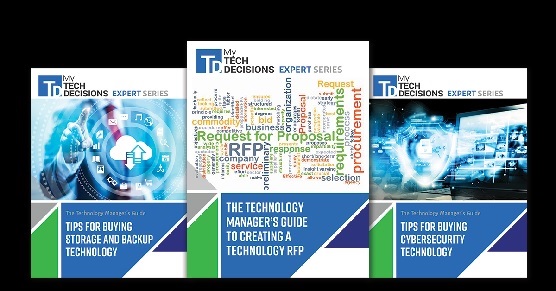Fifty million students attend U.S. K-12 schools, and this school year more than 10 percent are English language learners (ELLs)—a number that has doubled over the past 15 years. By 2025, it is anticipated that one out of every four students will be classified as an ELL. Schools around the country face the challenge of providing this growing special population with access to instruction that will help build English language skills as well as ensuring they are on track to meet today’s more rigorous academic standards.
No one was more aware of the challenges of measuring English language proficiency for this special population than Craig Conte, curriculum director at Old Adobe Union School District (OAUSD) in Sonoma County, California. Sometimes he felt like he was operating in the dark when it came to getting a handle on where his students were and monitoring progress along the way. He says, “Other than anecdotal information, we didn’t have a good assessment tool to measure where kids were.”
With almost a third of its student population made up of English language learners and no timely data on their progress learning English, OAUSD found itself grappling with an achievement gap.
Like all California schools, students who speak English as a second language take a state-administered test—the California English Language Development Test (CELDT)—at the beginning of the school year. Results aren’t returned until December, leaving teachers and administrators guessing about student placement and progress during the year.
In 2014, the K-6 district was in year two of not meeting its annual measure of academic outcomes for English Learners, according to the CELDT results. Conte needed a better tool for assessing language needs so students could be placed in the classes that helped them the most. He needed something that would provide more progress reports and data throughout the year to narrow that gap between native and non-native English speakers.
That’s when Conte learned about the Pearson Test of English Language Learning (TELL). The tablet-based assessment is designed so ELL students can take the test on their own without teacher assistance. They watch video clips, interact with pictures and words, answer questions out loud and in writing, and respond to verbal prompts. With TELL, student responses—written and spoken—are automatically scored by Pearson’s automated scoring technologies, providing teachers with access to accurate results to inform instruction within minutes.
For the 2015-16 school year, the district participated in a field study to test TELL at one of the schools in the district. Staff went through a half-day training session to simulate the student experience as well as learn how to read the results charts. After the first-year pilot program, the district’s administration expanded TELL to the entire district.
Timely, Actionable Assessment Results
The digital assessment addressed OAUSD’s concern regarding timely, actionable data. “Before, we were always relying on old data,” explained Kristy Corbett, a teacher on special assignment who administered the test at La Tercera Elementary School. “We took the CELDT at the beginning of the school year, but we didn’t get the scores until December. So we had to rely on the previous year’s data, and then there was a bit of a shuffle when we got the data. It’s nice to have the instant feedback from TELL, so we can shift students to different groups the next week if necessary.” In addition, staff who observed students taking the assessment reported students were engaged with the test.
From an administrator’s point of view, Conte commented, “We noticed the engagement that the students had with the assessment, so we felt that we were getting accurate data in that regard. Often times with the CELDT, which is a one-on-one or small-group paper-and-pencil test, the level of engagement for our students wasn’t as intense as we would have liked it to be.”
In addition, delivering the assessment digitally means that no one needs to be trained to calibrate results. It can be difficult for “human” graders to provide a consistent evaluation of written and spoken English. The automated scoring technology in TELL is always consistent.
Conte also says many of his teachers stated that TELL provides an accurate and more frequent assessment of spoken and listening skills. Many ELL students are shy in class, so it can be difficult for a teacher to evaluate how well they speak or the level at which they understand. But with the digital assessment, they speak into the iPad and their voices are recorded and scored automatically—without fear of being listened to by other students or the teacher.
Finally, the test reveals overall learning trends. For example, if most kids don’t know the English names for common classroom objects, teachers can take immediate action by labeling everything to help students expand their vocabularies.
Conte and his staff will continue to provide feedback on the test’s content and usability to Pearson. In the meantime, administrators look forward to calculating the impact of TELL on the district’s CELDT scores at the end of the 2015-16 school year. So far, teachers have been able to gain more insight and help shift students to different learning groups to better meet their needs.
“Research shows that if students aren’t proficient in English by the time they get to junior high, they’ll be less successful. They have fewer choices and can’t take the more advanced coursework,” says Conte. “We’re going to continue to use TELL to provide the information that can help us reach that goal of having all students proficient by the time they graduate elementary school.”
If you enjoyed this article and want to receive more valuable industry content like this, click here to sign up for our digital newsletters!











Leave a Reply